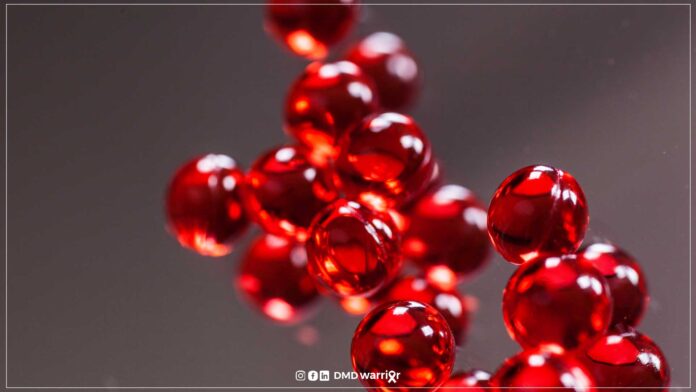Delivering the dystrophin protein to the afflicted muscles is one of the most difficult problems in gene therapy for DMD. It may be possible to produce full dystrophin with next-generation lipid nanoparticles technology for more effective treatment of Duchenne muscular dystrophy disease.
Gene therapy is administered via adeno-associated viruses. But because of their small size and the size of the dystrophin gene, they can only transmit mycrodystrophin, a truncated form of the dystrophin gene.
Table of Contents
What is Lipid Nanoparticles?
Lipid nanoparticles, or LNPs, are a new type of gene delivery vehicle that are capable of carrying both proteins and nucleic acids. Current LNPs are based on the biology of human disease and the chemistry of lipids and RNA, and they were developed based on the experience of medicinal liposomes.
An siRNA medication for transthyretin-mediated amyloidosis, Onpattro, was developed in 2018 using LNPs. A vaccination was needed to contain the COVID-19 outbreak that followed. This attracted a lot of attention to and contributed to the success of LNP-based vaccine manufacture.
Advantages of Lipid Nanoparticles
Pharmacology and medical studies have made extensive use of lipid-based nanoparticles (LNPs), a very versatile family of nanocarriers. They can contain a variety of medicinal agents for a wide range of uses, including as monoclonal antibodies, nucleic acids, and tiny compounds. [Read More: What is Bobcat mRNA]
LNPs provide a number of advantages, including protecting medications from in vivo breakdown, increasing their solubility and effectiveness, facilitating targeted drug delivery to the illness site, controlling drug release, and changing drug biodistribution. These designed nanocarriers have the potential to address several major drawbacks of conventional medicinal products, including limited bioavailability, enzymatic degradation susceptibility, off-target side effects, and insufficient efficacy.
The main advantages of Lipid Nanoparticles
- The possibility of re-administration,
- Higher packaging capacity,
- Simpler large-scale production.
How to Use Lipid Nanoparticles in Duchenne Muscular Dystrophy
Following the COVID-19 mRNA-based vaccines’ remarkable success, lipid nanoparticles (LNPs) emerged as a key non-viral gene therapy delivery method.
It is known that using AAVs to transfer genetic information in gene therapy is not very effective because more virus needs to be administered for the treatment to be effective. Lipid nanoparticles increase the transfer of genetic material into the cell by binding to a molecule that can stick to muscle cells more effectively.
Learn More: Potential Upcoming New Gene Therapies for Duchenne Muscular Dystrophy




[…] Next Generation Lipid Nanoparticles (LNPs) for the Treatment of Duchenne […]